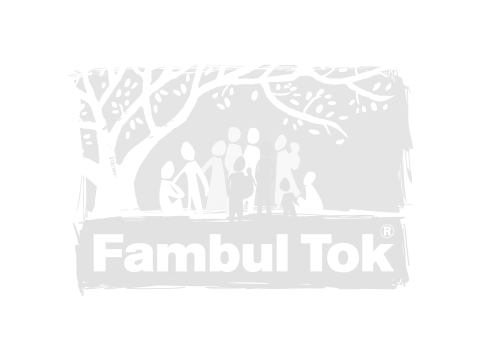Fambul Tok facilitates Sectional Stakeholders Meeting at Sukudu community in the Sawafiama section of Soa chiefdom, eastern Sierra Leone.
Section Chief Pa Ganawa of Sawafiama section, giving his opening statement, called on his people to be united and maintain peace in the Sawafiama section. Fambul Tok Project Officer Lilian Morsay explained the essence of peace and social cohesion. She said if communities are to develop they must resolve their cracks and innovate from within. She discussed issues like elctins related violence and how to create social cohesion. Fambul Tok’s Emmanuel Mansaray explained about dealing with youth related issues in communities.
Sawafiama Grievance Redress Committee (GRC) members happily displayed their banners at the end of stakeholders meeting held in Sukudu. The stakeholders’ meetings are part of the UNDP project: “Strengthening Human Security in the Remote Chiefdoms of Gbense, Soa, and Kamara in Kono District of Sierra Leone” implemented by Fambul Tok and FAO Sierra Leone.
The three targeted chiefdoms in the Kono District, (Kamara, Gbense, and Soa) face multiple interconnected development challenges, including high rates of poverty and food insecurity; and were selected in consultation with the Ministry of Local Government and Rural Development (MLGRD) and the local authorities in line with MLGRD goal of enabling local ownership of development.
They have challenges of a non-diversified economy and inadequate governance systems for community decision making. Kono District is considered a conflict hot spot due to regionalized party politics, especially the periods leading to elections. This political struggle has resulted in frequent clashes between youth, security personnel and traditional leaders, often fuelled by the lack of productive livelihood opportunities for youth and a strong belief among young people that their needs are not met by the national and local leadership structures.



